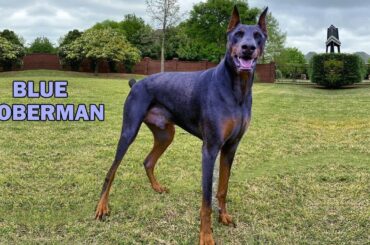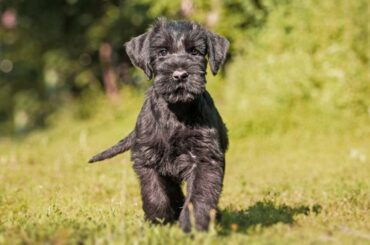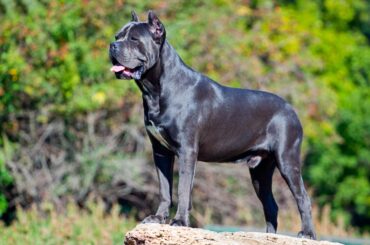The Black and White German Shepherd Dog is a German Shepherd breed developed in the United States. Although white-coated German Shepherds were first seen in Europe in 1882, the breed standard in their homeland of Germany was changed in 1933, prohibiting white-coated dogs from being registered. This one-of-a-kind dog is bred from German Shepherds and shares many of their traits, but it also has the recessive white-furred coat gene.
According to the American Kennel Club, the German Shepherd is the second most popular breed (AKC). They are well-liked working dogs. The United Kennel Club recognizes the breed as a distinct breed. White German Shepherds were never as popular as other German Shepherd colors.
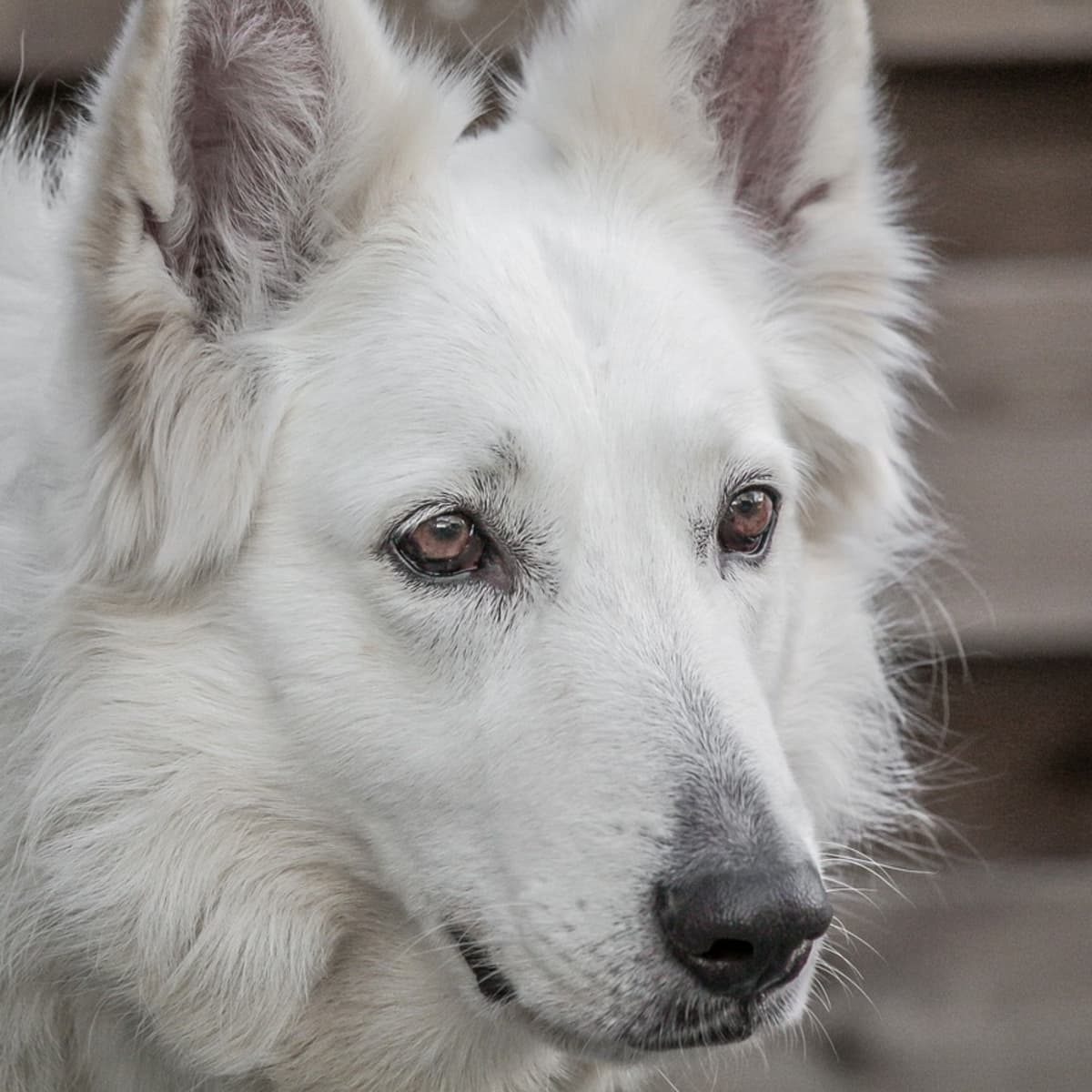
Because the white color does not match the American Kennel Club’s breed standard for a German Shepherd, the white German Shepherd is not recognized by the AKC. This does not prevent the white German Shepherd dog from being bred, and the United Kennel Club recognizes them as a distinct breed.
Table of Contents
Black and White German Shepherd Body Characteristics
- Because they were bred for working purposes, they are a very muscular and athletic breed.
- They are powerful and have erect ears, as well as a proud posture. Even as puppies, their feet are quite large.
- Females are, on average, shorter than males.
- White German Shepherd pups are really cute and appear like little balls of fluff.
- They do, however, grow quite quickly, reaching 50% of their full maturity by roughly 4 months. They should have reached adult height by the age of one year.
White Shepherd dogs should stand 25 inches (64 cm) tall and weigh between 75 and 85 pounds (34 and 39 kg), with bitches standing 23 inches (58 cm) tall and weighing between 60 and 70 pounds (27 and 32 kg). They have a straight, robust, weather-resistant double coat, which is preferably pure white but can be light cream or light brown. Your White German Shepherd’s coat will be substantially longer than the coats of other German Shepherds in the breed.
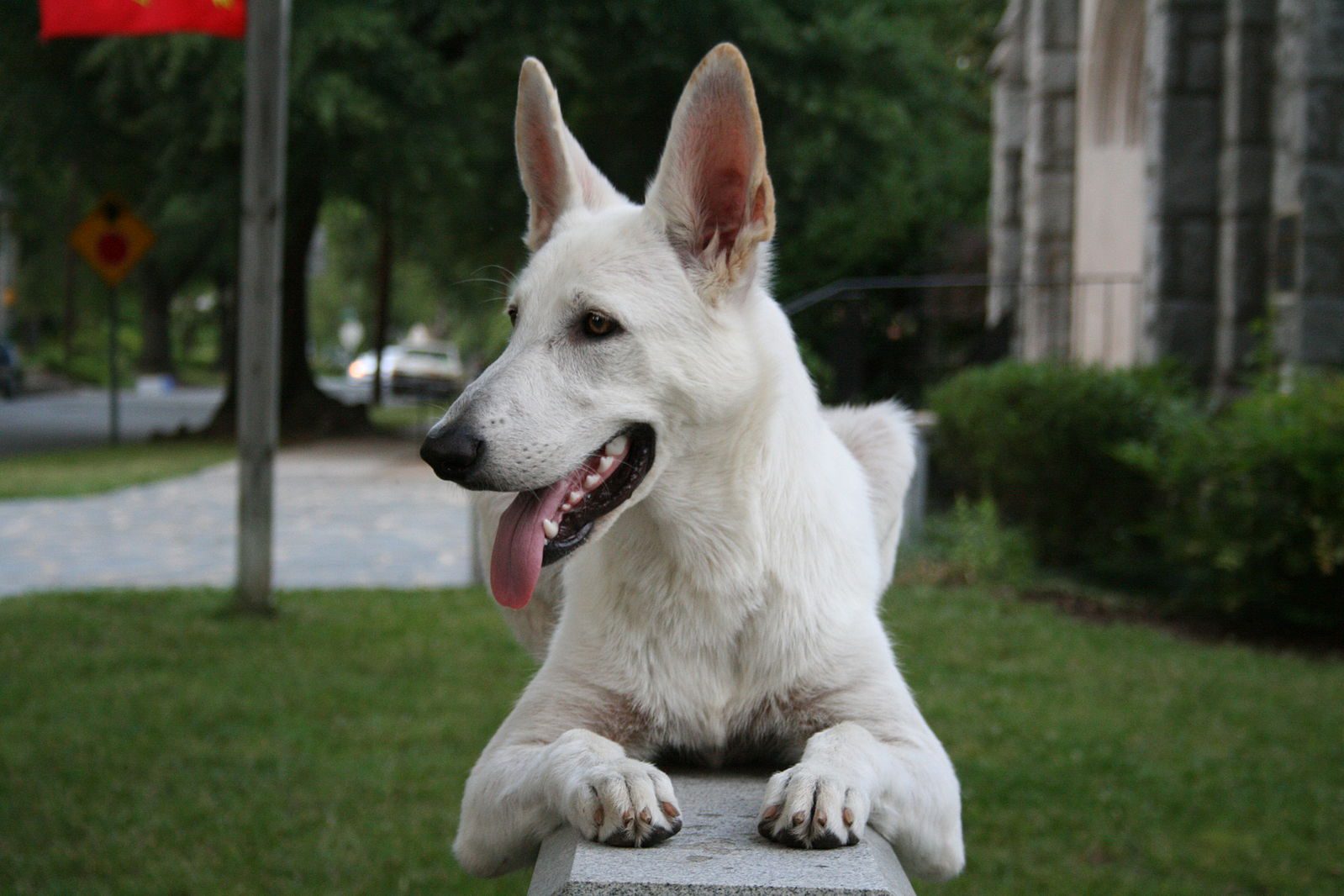
Their coat is generally incredibly fluffy when they are puppies. As they grow older, their hair becomes coarser, but their ears stay fluffy. Their coat is also double-coated, which helps to protect them from strong winds or rain.
The white coat recessive gene affects only the color of their fur and has no effect on the color of their skin or eyes. This makes identifying a white German Shepherd a breeze, and they also look a lot like their wolf forefathers.
White German Shepherd Behavior
Although white German Shepherds are one of the most popular dog breeds, they are not suitable for everyone. They require a lot of attention, as well as exercise and tough, persistent instruction. They require a confident and strong-willed owner who can maintain a consistent approach and keep their dog in line, as they are large, powerful canines.
Because they are so protective, socialization is necessary; else, they may become aggressive around strangers in an attempt to defend themselves. They may also bark at outsiders, although this is only in an attempt to protect you. A White Shepherd is a high-energy dog who requires mental stimulation. They dislike being left alone and can grow bored and disruptive as a result.
White German Shepherd Caring
Positive reinforcement works best for white German Shepherds, and they prefer training that includes play and/or food rewards. Agility training and dog sports are two activities that a white German Shepherd will appreciate. Advanced training may be fun for both the dog and the owner, and it’s a fantastic way to get your dog some exercise and cerebral stimulation.
Because all German Shepherds, especially White German Shepherds, are bred to be working dogs, they require a reasonable amount of daily activity. This should ideally involve at least an hour of outdoor action per day, as well as a nice long walk or run.
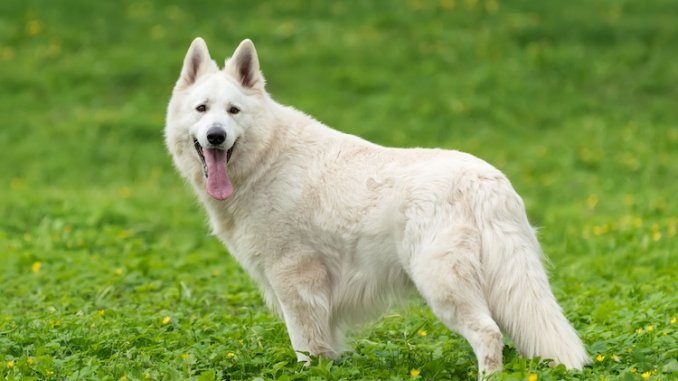
The white German Shepherd sheds all year. Because of their thick coat, this is the case. Brushing them at least two to three times a week is one technique to keep them from shedding. Bathing is only necessary when they appear dirty. It is critical that they brush their teeth to avoid dental decay and gum disease.
White German Shepherd Health
White German Shepherds are prone to a variety of health issues. Many of the issues that they are more prone to developing are the same issues that other German Shepherd breeds face.
- Elbow dysplasia
- Hip dysplasia
- Degenerative myelopathy are the most frequent health problems in German Shepherd dogs. A White German Shepherd has a rather long life expectancy. They have a lifespan of 12 to 14 years.
Black and White German Shepherd Pictures
Here are the beautiful pictures on the Black and White German Shepherd Dog.
Black and White German Shepherd Picture
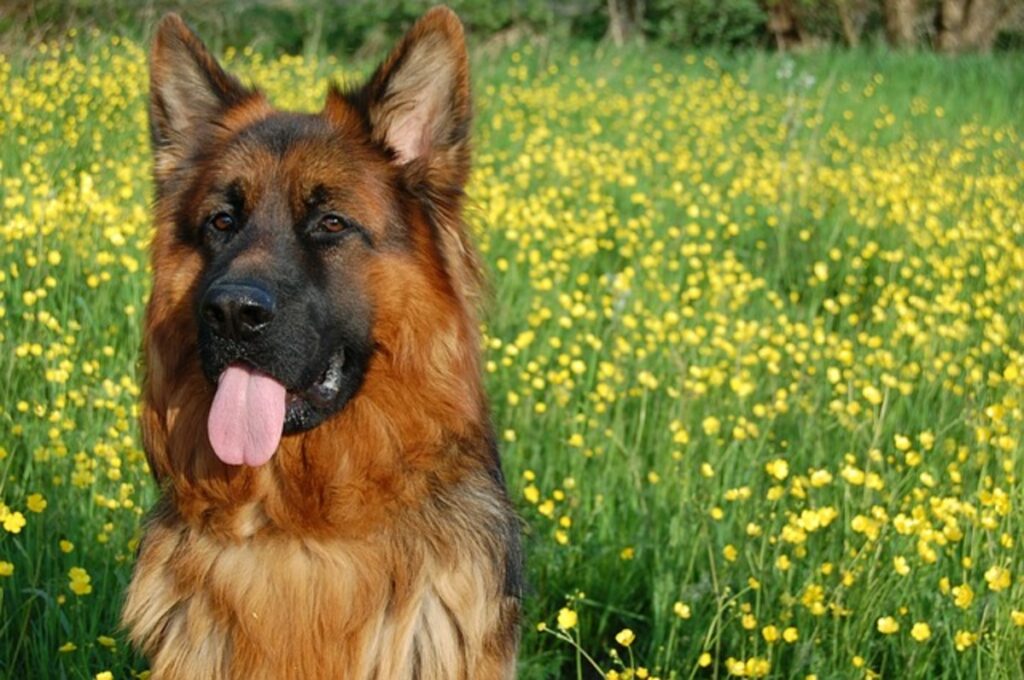
Black and White German Shepherd Pictures
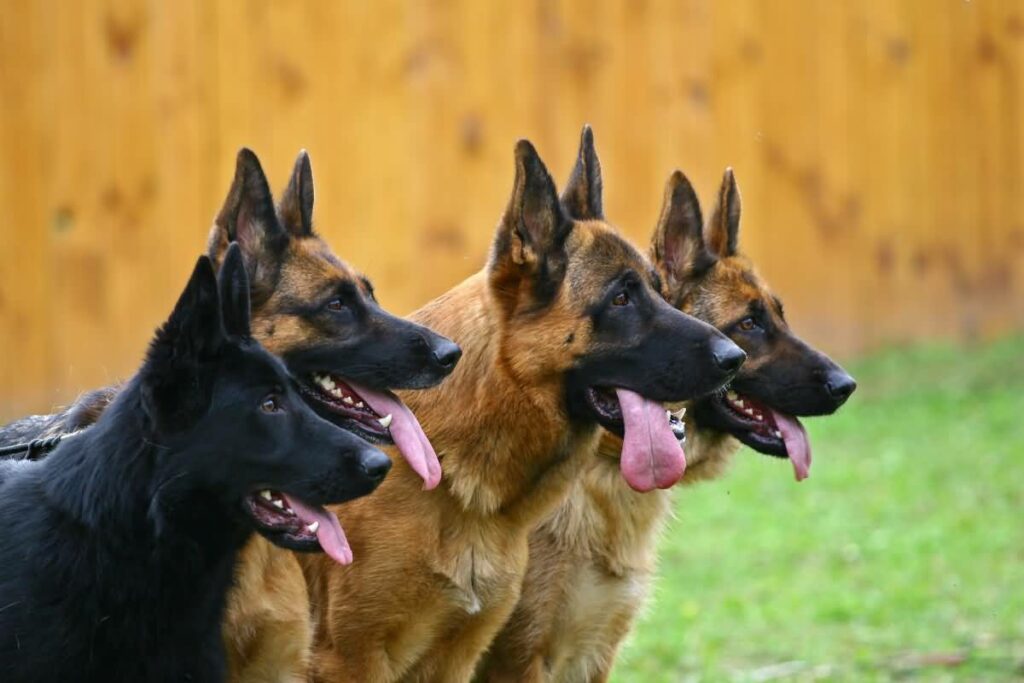
Black and White German Shepherd Picture
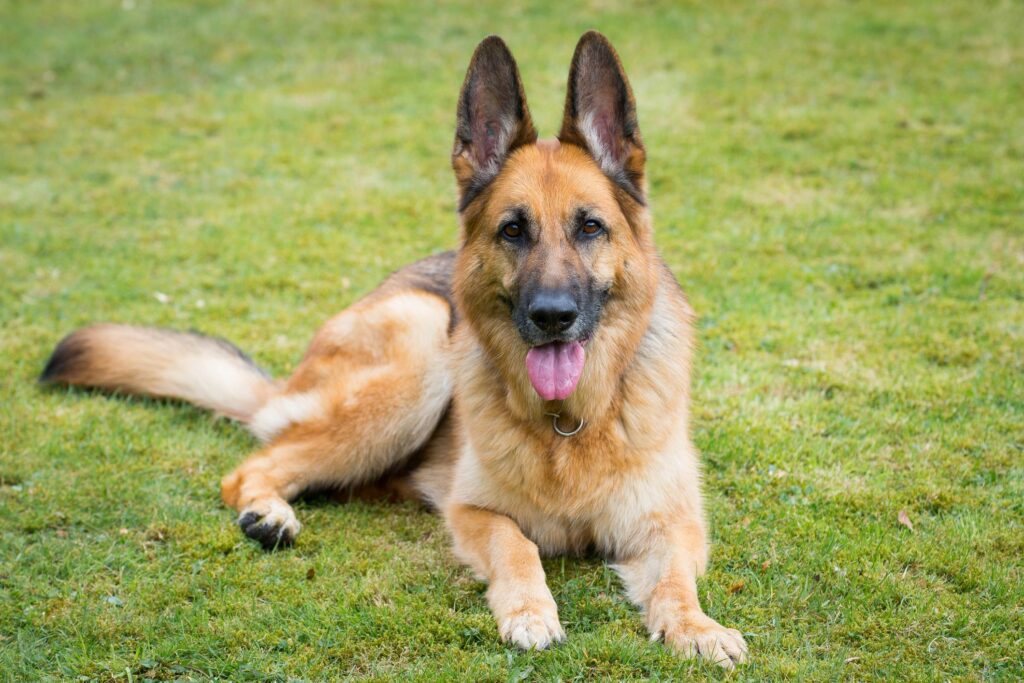
Black and White German Shepherd Picture
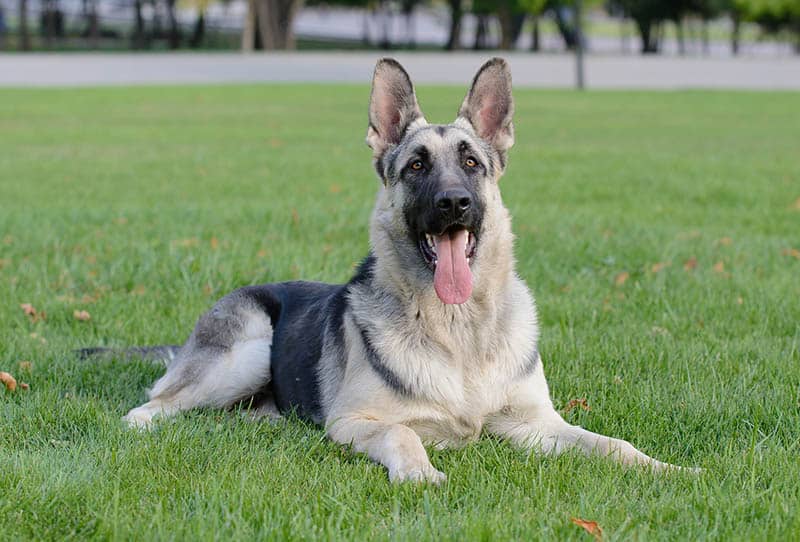
Black and White German Shepherd Dog
A Black and White German Shepherd Dog is a unique variation of the German Shepherd breed that features predominantly black and white markings on its coat.
- Black and White German Shepherd Dog can have a predominantly black coat with white markings on the chest, paws, and sometimes the face.
- Black and White German Shepherds can be visually stunning
- Black and White German Shepherds are still purebred German Shepherds and have the same loyal, intelligent, and protective nature that the breed is known for
Black and White German Shepherd Puppy
Black and White German shepherd puppies are quite rare and not standard in the breed. A solid white German Shepherd, which is also considered non-standard. ensure the authenticity of their claim if you are in need of a Black and White German Shepherd is someone said the breed is available at his own disposal.
Black and White German Shepherd Mix
The Black and White German Shepherd Mix is also referred to has the full pedigree of the German Shepherd Breed, what classified it is the color variant. The black and white coat pattern can come from various breeds, such as Border Collies, Siberian Huskies, or Australian Shepherds.
The German Shepherd is a popular and intelligent breed known for its loyalty, obedience, and versatility, Below are some of its traits.
- The appearance of a Black and White German Shepherd Mix can vary widely depending on the other breed involved in the mix
- Black and White German Shepherd Mix is influenced by both the German Shepherd and the other breed in the mix
- Mixed breed dogs tend to be intelligent and eager.
- Black and White German Shepherd Mix to have high exercise requirements
All White German Shepherd
White coat color in German Shepherds is primarily the result of recessive genes, White Shepherds have their enthusiasts.
Black and White German Shepherd
The German Shepherd Dog breed standard.
The official recognized colors for German Shepherds are:
- Black and Tan
- Sable
- Bi-color
- Solid Black
- Black and Red
If you come across a dog that looks like a Black and White German Shepherd. You can share your opinion in the comment section.
White German Shepherd Husky Mix
Gerberian Shepsky is also known as the White German Shepherd Husky mix which is a hybrid Dog.
Here are some general characteristics you can expect from a White German Shepherd Husky mix
- Gerberian Shepskies can vary widely, as they may take after either parent in terms of size, coat color, and facial features
- These dogs are usually medium to large-sized, with males typically being larger than females.
- Gerberian Shepskies are often intelligent and alert, making them excellent watchdogs.
- Gerberian Shepskies may display a bit of stubbornness at times, so consistent training and patience are key.
Husky White German Shepherd
Husky White German Shepherd as the same physical and behavioral traits as traditional German Shepherds and could be mixed-breed dog that has a combination of these two breeds of the German Shepherd and Husky characteristics.
White German Shepherd Price
On average, you can expect to pay anywhere from $800 to $3000 for a White German Shepherd puppy from a reputable breeder.
Long haired White German Shepherd?
The Long Haired White German Shepherd is a variant of the German Shepherd breed. The long-haired variety of the German Shepherd has a soft and longer coat compared to the traditional short-haired German Shepherd.
How Much is a White German Shepherd?
On average, a White German Shepherd puppy from a reputable breeder can cost anywhere from $800 to $3,000 or more.
White German Shepherd Puppies with exceptional pedigrees and show-quality potential may be at the higher end of this range
How Rare is a White German Shepherd?
White German Shepherd is very rare to find in your local area and breeders. If you come across a dog that looks like a White German Shepherd in your area, seek for professional advice before you purchase the dog.
How Much is a White German Shepherd Puppy?
It is estimated to pay from $800 to $2500 or more for a White German Shepherd puppy from a reputable breeder due to some factors as the puppy’s pedigree, location, and any additional services provided.
White German Shepherd puppy with show-quality lineage or from champion bloodlines are likely to be on the higher end of the price range
How Do You Get a White German Shepherd?
Start by researching breeders who have a reputation for White German Shepherd. You can check online directories, breed-specific forums, or contact local breed clubs. Spend time with the puppy to assess its temperament.
What is a White German Shepherd Called?
In a Simple Way, the White German Shepherd is also called “”White German Shepherd.” This goes according to the variation of the color coat of the German shepherd Dog Breed. White German Shepherds might be considered a separate color variant or even a separate breed.
RECOMMENDED ARTICLES
- Czech German Shepherd- Characteristics, Behaviour, Caring And Health
- Greater Swiss Mountain Dog – Characteristics, 6 Comprehensive Behaviour And Health
- Great Pyrenees Dog – Characteristics, 3 Comprehensive Behaviour And Health
- 10 Top Best Dog Food Brands And The Composition There
- 10 Best Natural Dog Food For Healthy Living And Nutrients
If you like, please share it. Sharing is usually caring.

